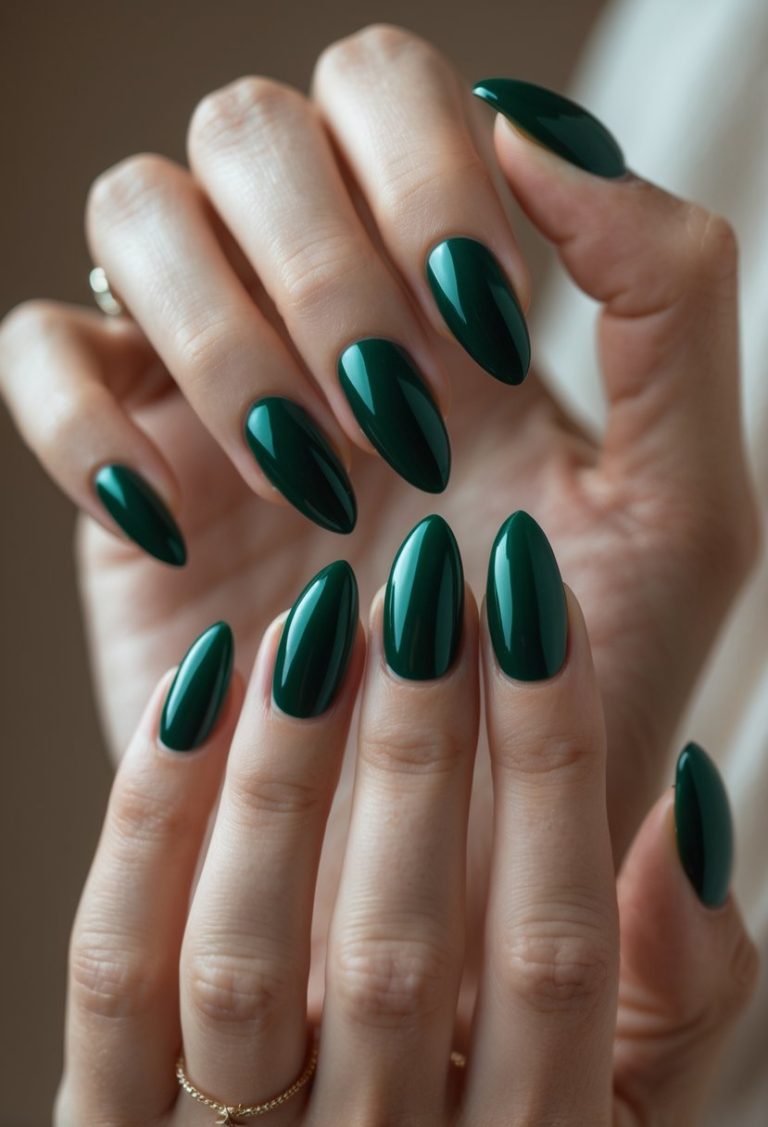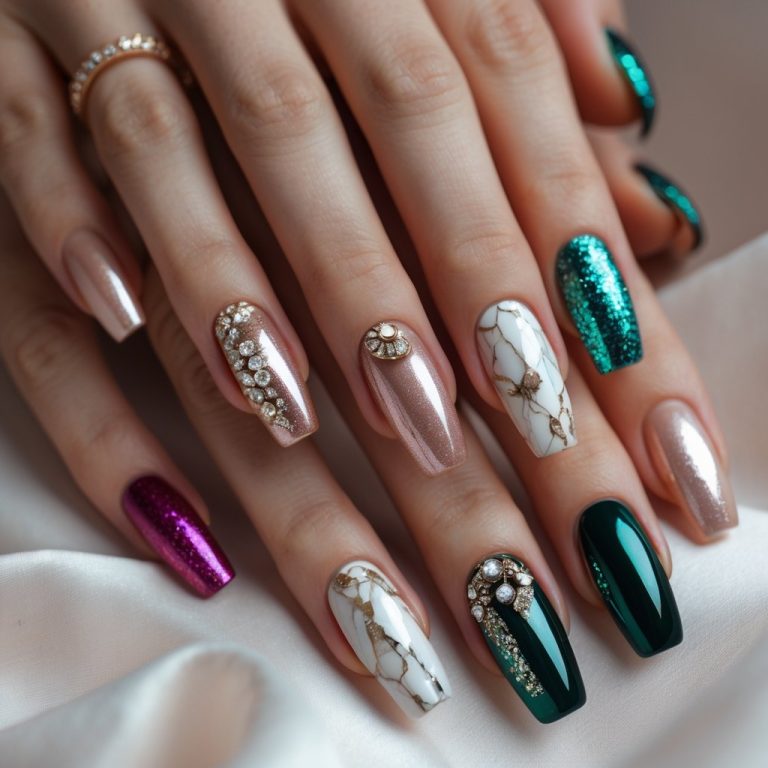French Nails: Styles, Techniques, and Trendy Tips for 2025
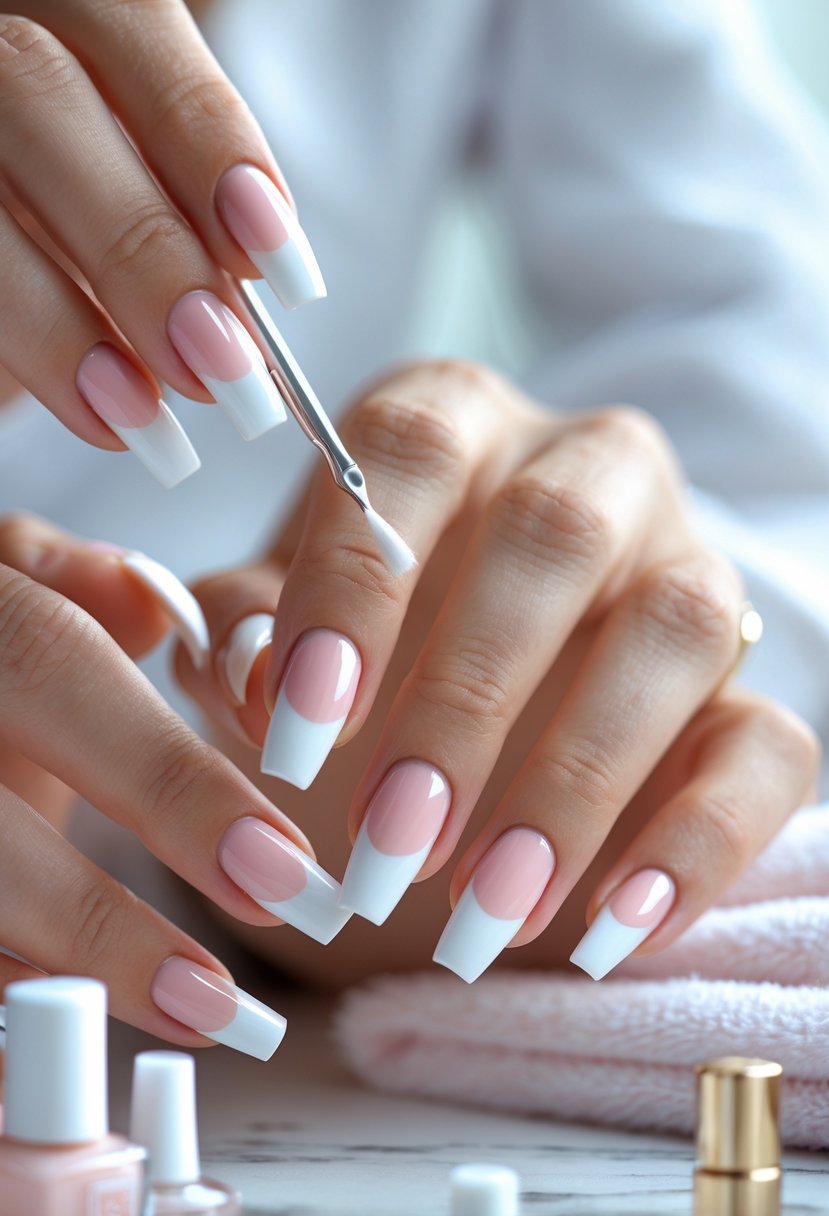
French nails are a classic and versatile manicure style that has remained popular for decades. They combine a natural base color with traditionally white tips, offering a clean and polished look suitable for any occasion. This style can be simple or creative, with many modern variations allowing for colorful tips or unique designs.
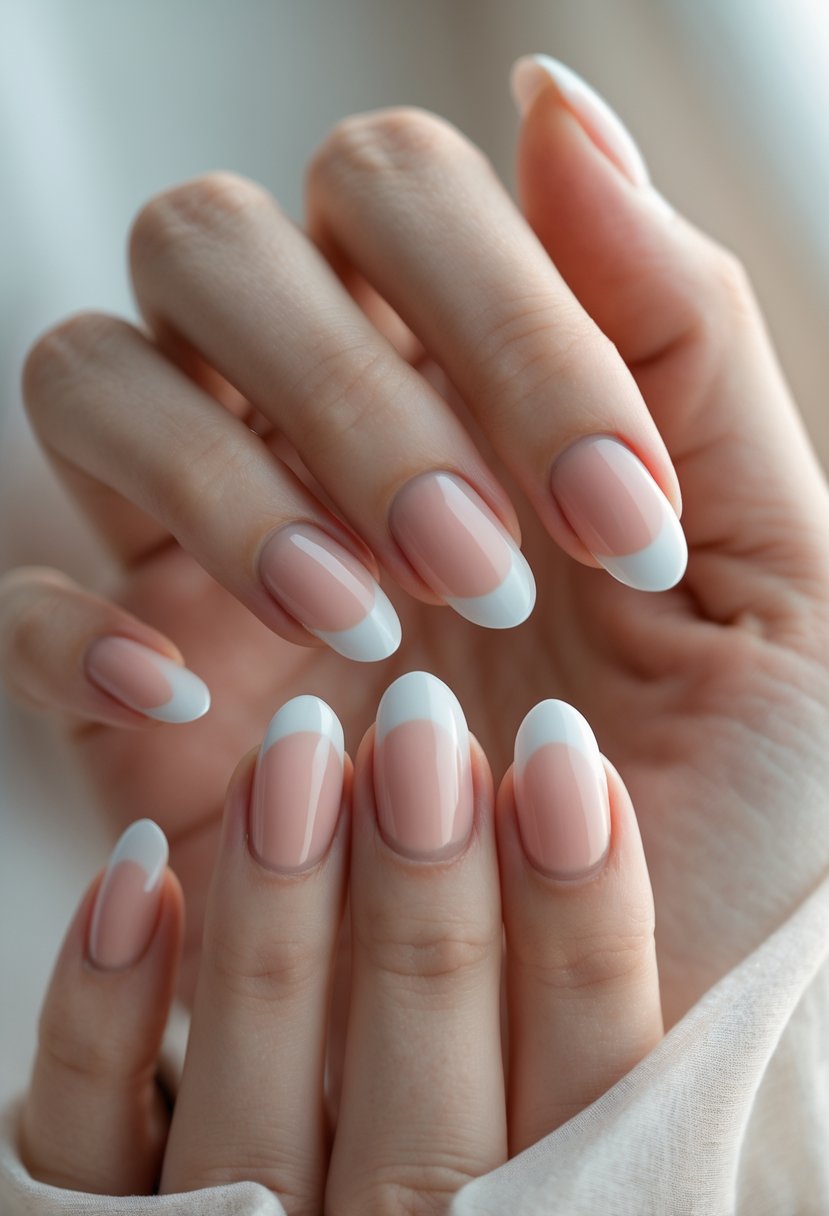
People choose French nails because they suit all nail shapes and lengths, making them accessible for everyone. Whether someone prefers a subtle appearance or wants to experiment with bold patterns and colors, French nails can be adapted to fit their style. The manicure’s timeless appeal and ease of customization keep it relevant year after year.
Applying French nails requires some skill, but many tools and techniques help achieve a neat finish. From nail art brushes to stampers, these methods make creating the perfect tip simple, even for beginners. This adaptability explains why French nails continue to be a favorite among beauty enthusiasts.
Key Takeways
- French nails offer a clean and stylish look with natural bases and white or colorful tips.
- They work well for all nail shapes, lengths, and personal styles.
- Various tools and methods make it easy to create precise and creative French manicures.
What Are French Nails?
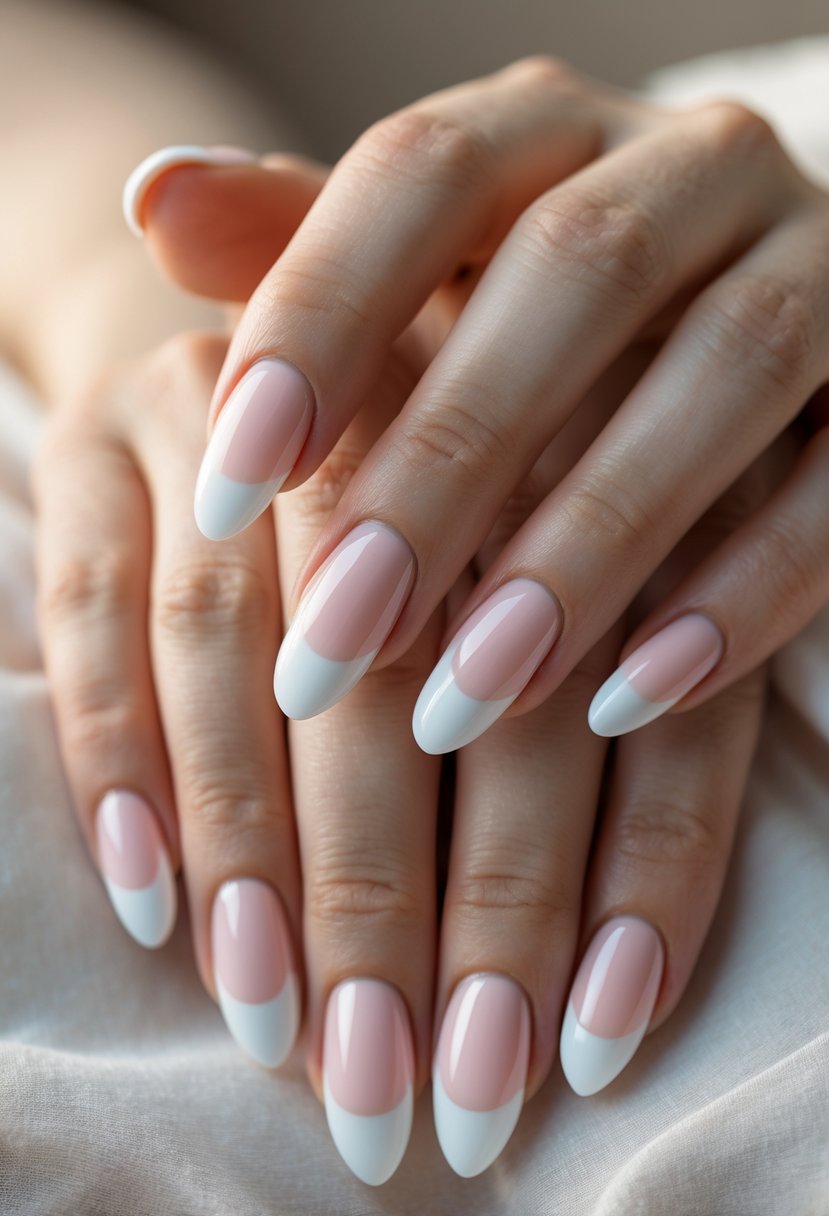
French nails are a popular style of manicure that combines a natural-looking base with a distinct white tip. This design balances simplicity and elegance, making it suitable for many occasions and personal styles. It stands out for its clean lines and timeless appeal.
History and Origin of the French Manicure
The classic French manicure was created in the 1930s by Max Factor, a well-known cosmetic brand. They designed this look to give Parisian women a natural yet polished nail style.
The term “French manicure” was not used until the 1970s, when Jeff Pink of Orly popularized it in the United States. He gave it this name during the marketing of his “The Natural Look” nail kit, especially targeting runway models in Paris. Despite the name, the style did not originate in France.
This manicure quickly became a staple in nail fashion due to its clean, versatile design. It has remained popular for decades, maintaining its reputation as a classic choice.
Core Features of French Tips
French tips are defined by two main elements: the nail base and the tip. The base usually has a pale pink, nude, or sheer polish. This color mimics the natural nail bed and creates a clean appearance.
The tip is painted white, shaped as a thin, curved line across the free edge of the nail. This white tip is broad enough to highlight the natural nail shape without overpowering the base.
Typically, French nails are done on short to medium length square-shaped nails. The design’s simplicity allows it to blend easily with various nail shapes and lengths while maintaining its elegance.
Benefits of French Manicures
French manicures offer a polished, refined look that works well for many settings, from professional to casual. The natural tones make it less prone to clash with clothing or occasions.
It is a versatile option that suits different age groups and personality styles, from brides to professionals. The neutral base also makes it easier to maintain, as chips and wear are less noticeable compared to bright or bold nail colors.
Because of its subtlety, French nails can be enhanced with modern variations. These include adding colors, ombre effects, or nail art, while still keeping the core design intact for a fresh look.
For more detailed information, see how to do a French manicure at home or the style’s background on a comprehensive DIY guide.
French Nails Styles and Designs
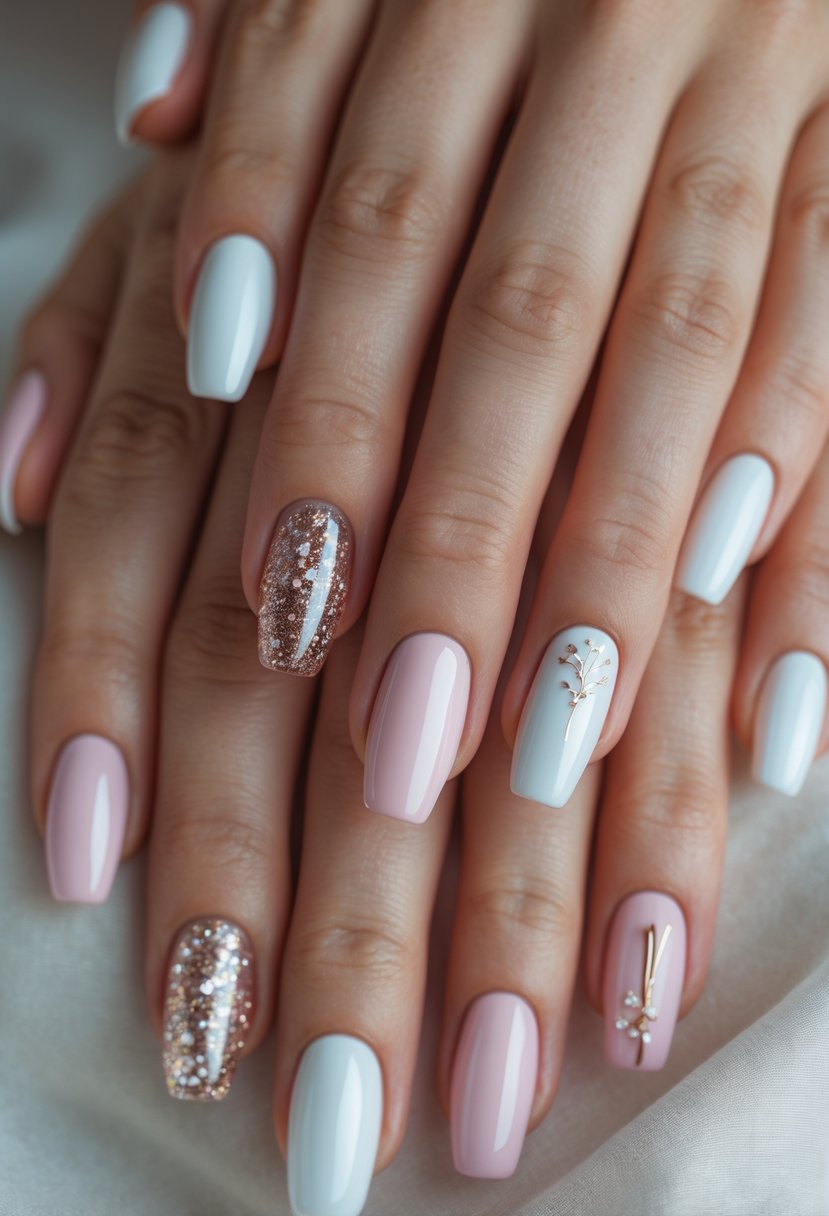
French nails offer a range of styles, from timeless classics to bold, modern twists. Different techniques, colors, and accents give each design a unique look. Some focus on clean lines, while others add artistic details or seasonal themes.
Classic French Manicure Looks
The classic French manicure features a pale pink or nude base with crisp white tips. This style highlights the natural nail shape and is known for its clean, elegant appearance.
Many opt for this look for its versatility. It pairs well with any outfit or occasion and suits various nail shapes, such as almond or square.
Tools like nail-art brushes help create a sharp white tip line. Some prefer micro French manicures, which use thinner, more subtle tip lines for a delicate effect.
Popular Modern Variations
Modern French nails break from the traditional white tip. They include colorful tips, graphic designs, and unique nail art techniques.
Popular options include color block French manicures, which replace the white tip with contrasting colors or geometric shapes. Another trend is the glazed donut manicure, combining glossy finishes and translucent layers for a shiny look.
Adding decals, gems, or chrome accents also updates the French style. These details give nails a fresh, fashionable flair while keeping the classic shape recognizable.
Seasonal and Holiday French Nail Inspirations
French nails adapt easily to seasons and holidays. Spring designs might feature pastel tips or floral details. In winter, metallic or glitter tips add festive sparkle.
Holiday French manicures use themed colors, like red and green for Christmas or black and orange for Halloween. Some nail artists paint small seasonal symbols alongside the French tips.
These variations keep the French nail classic relevant year-round, allowing wearers to express creativity while maintaining the style’s refined base.
For more ideas on French manicure designs, see 41 French Manicure Styles to Try in 2025.
Application Techniques and Tips

Achieving a clean and polished French manicure requires specific steps, the right tools, and attention to detail. Whether done at home or in a salon, precision in application and avoiding common pitfalls are key to lasting results.
Step-by-Step French Manicure Application
The process starts with nail preparation. Nails should be clean, shaped, and buffed to create a smooth surface. Cuticles need to be gently pushed back for an even base.
Next, apply a thin base coat to protect the natural nail and help polish adhere better. After it dries, apply two thin coats of a nude or light pink polish, allowing each layer to dry fully.
For the tips, use either a free-hand white polish brush or French tip guides for precision. Apply the white polish in thin layers, building opacity gradually. Let each layer dry before adding the next to avoid smudging.
Finish with a clear top coat, sealing the edges to prevent chipping. Apply cuticle oil once dry to nourish the skin around the nails.
Tools and Products Needed
Important tools include a quality nail file (180/240 grit), a buffer block, and a cuticle pusher. A small clean-up brush is helpful to fix any polish mistakes.
Essential products are a long-lasting base coat, nude or pink polish for the base, and a high-pigment white polish for tips. A quick-drying top coat protects the manicure and adds shine.
Optional but useful items are French tip guides or stickers, a fine striping brush, and cuticle oil for maintenance.
Using professional-grade nail polish improves wear time and color payoff. Lint-free wipes help keep nails clean during prep and polish removal.
DIY Versus Salon French Nails
Doing French nails at home can save time and money but requires patience and steady hands. The challenge is applying even white tips and waiting for each layer to dry properly.
Salons offer expert precision, longer-lasting gel or dip powder options, and quicker drying with UV/LED lamps. They also provide professional cuticle care and nail shaping.
At home, beginners can use guides or nail stickers to make tip lines cleaner. Gel polish kits with curing lamps are a practical middle ground between DIY and salon services.
Maintaining a DIY manicure takes regular top coat touch-ups and moisturizing routines to extend its life. Salons handle these with professional products and techniques but usually at a higher cost.
Common Mistakes and How to Avoid Them
Applying thick polish layers causes bubbling and peeling. Thin, even coats are essential for smooth, lasting coverage.
Skipping nail preparation leads to poor polish adhesion. Cleaning, shaping, and buffing before application improves wear time.
Not allowing polish to dry between coats causes smudges and dents. Waiting 3-5 minutes or more after each layer is critical.
Ignoring cuticle maintenance can cause uneven edges and early polish lifting. Regular cuticle pushing and oiling keep nails healthy.
Using old or poor-quality polish affects opacity and durability. Fresh, professional-grade polish ensures better application and results.
Resting the hand on a flat surface improves stability during tip painting and reduces uneven lines. Taking breaks prevents hand fatigue and shaky strokes.
French Nails for Every Nail Shape and Length
French nails work well on all nail sizes and shapes, from very short to long. The style can be adapted to fit different nail types and materials. Whether natural, gel, or acrylic, French tips can be customized to look neat and stylish.
Short Nails and French Tips
French manicures on short nails focus on keeping the tips clean and proportional. A thin white line at the tip helps elongate the look of short nails, making fingers appear longer.
Using a crisp, slim tip is key. Thick tips can overwhelm short nails and look bulky. Sheer or nude bases paired with subtle white tips make the manicure look natural and elegant.
Short nails also benefit from variations like soft pastel tips or clear borders instead of plain white. These tweaks keep the French manicure fresh and modern on tiny nails.
French Manicures for Different Nail Shapes
French nails suit many shapes including almond, square, oval, coffin, and stiletto. The tip line can follow the natural curve or be exaggerated for effect.
- Almond nails look elegant with curved tips.
- Square nails work well with straight, sharp lines.
- Oval nails benefit from soft, rounded white edges.
- Coffin nails carry dramatic thick or double tips.
- Stiletto nails can show bold colors or glitter as tips.
Choosing the right tip style highlights the nail’s shape and enhances hand appearance.
Adaptations for Gel, Acrylic, and Natural Nails
French manicures can be applied on gel, acrylic, or natural nails with slight adjustments.
Gel nails offer shine and durability. The white tip is often done using gel polish or special gel pens. Gel manicures last longer without chipping.
Acrylic nails give length and strength. French tips can be painted or embedded during the extension process. Acrylics allow for creative designs like colored or glitter tips.
Natural nails need care before applying the French style to avoid lifting polish. Using quality base coats and top coats helps protect the nails and keeps the mani looking fresh.
Different nail types can all showcase classic or modern French manicures with the right technique.
For ideas on how French manicures fit every nail shape and length, see this guide to French nail shapes.
Frequently Asked Questions
French manicures can be adapted for various nail lengths and styles. Different designs include glitter accents and colored tips. The technique can also be applied to toenails. Variations like double French manicures offer a distinct look. French manicures suit many age groups with flexible design options.
How do you achieve a French manicure on short nails?
For short nails, thinner white tips or micro-French styles work best. Using a small brush or nail guides helps create precise lines. Keeping the base color neutral enhances the classic look without overpowering short nails.
What are some popular French nail designs with glitter accents?
Glitter can be added as a thin line above the white tip or incorporated into the tip itself. Some designs mix glitter with metallic gold or silver for a subtle shine. Glitter overlays combined with bright colors are often used for bold, playful styles.
Can French manicures be done on toes, and what are the best practices?
Yes, French manicures work well on toenails. It’s important to use thicker nail polish layers for durability. Keeping the base and tip colors clean and distinct helps maintain the classic look. Proper drying time reduces smudging on toes.
What is the process for applying a colored French tip manicure?
Start with a neutral or clear base coat. Use nail guides or a thin brush to paint the colored tip evenly across the nail edge. Finish with a top coat to seal and add shine. Patience is key to avoid uneven edges.
What distinguishes a double French manicure from a classic French manicure?
A double French manicure uses two parallel tip lines instead of one. These lines can be different colors or finishes, such as a matte base with glossy tips. This style adds dimension and modernizes the traditional look.
Are French manicures considered suitable for all age groups?
French manicures are versatile and suit people of all ages. The designs can be toned down for a subtle look or made bold with color and embellishments. This flexibility keeps the style popular across generations.

